Landscaping in February for Fanatics
No, this isn’t a joke. Most homeowners understand that there are always chores to be done in the yard. But, not many except the diehard venture out to actually do them in the cold. Luckily, our winter has been a bit on the warm side, so those who feel compelled to work can do it in a bit of comfort.
The big news is that Punxatawney Phil says winter is on the wane. So, throw on a coat, boots, and gloves; slap on the chapstick and let’s get started.
Deciduous Trees
Winter is the ideal time to prune deciduous trees because the loss of leaves allows you to really see their structure and shape. It’s easier to tell which branches are growing in what direction. This dormant time is also the dormant time for insects and diseases attracted to fresh cut branches.
Shrubs
Hedges, summer blooming shrubs, grapes, and raspberries canes like to be pruned this time of year too. Get rid of all deadwood and suckers. And, if you’re feeling creative, it’s the best time to design topiary shapes.
Trellises & Arbors
If you have trellises and arbors the lack of growth will let you better see if repairs are needed. The lack of foliage also lets you see if your garden would benefit from a trellis.
Wildlife – If you love gardening, I assume you also love those creatures that add charm, song, and life to our outdoor hours. Birds and other small critters need extra nutrition to survive the cold weather. High fat foods are best.
Garage & Shed
Most gardeners are also putterers. Well now’s the time to reorganize pots, take stock of tool needs, declutter, and set yourself up for spring.
Catalog Shopping
Planning and shopping is a great way for garden enthusiasts to pull themselves out from winter lows. Go through those catalogs and reward yourself with some new garden tools and accessories. There are so many new and nifty gadgets to make gardening and landscaping easier.
Follow Augustine on Instagram – We always have images of new arrivals and posts to whet your landscaping appetite and feed your imagination. Find us @augustine.nursery. Remember, we’re your best resource. Hit us up anytime with questions.


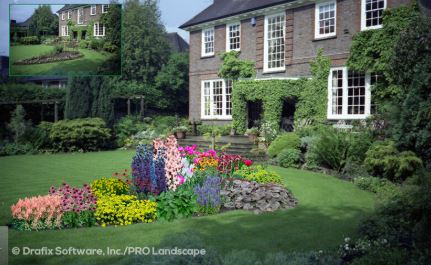




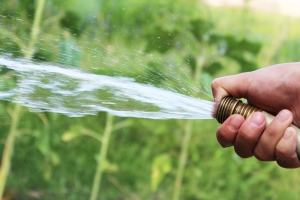 Watering Your lawn
Watering Your lawn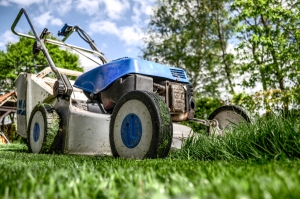 Mowing Your Lawn
Mowing Your Lawn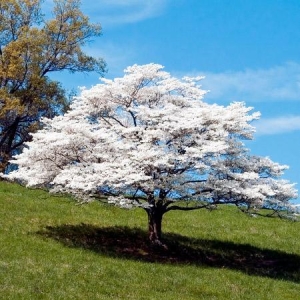 Dogwoods are one of the most popular flowering trees and are beautiful to look at all year round. Dogwoods typically have white flowers, but some varieties have pink. They are quick-growing trees whose leaves turn a beautiful purplish-red in fall. If you love birds, this is the tree to plant as they love the Dogwood’s red berries.
Dogwoods are one of the most popular flowering trees and are beautiful to look at all year round. Dogwoods typically have white flowers, but some varieties have pink. They are quick-growing trees whose leaves turn a beautiful purplish-red in fall. If you love birds, this is the tree to plant as they love the Dogwood’s red berries.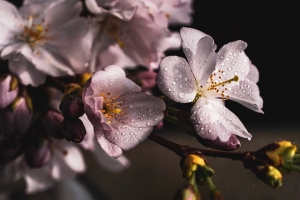
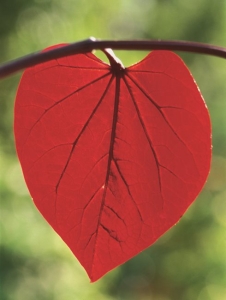 Seeing a redbud tree in full bloom is memorable. Magenta buds swell into bright pink flowers before any of the leaves appear. They are one of the longest blooming trees – with flowers lasting for two to three weeks. The leaves are heart-shaped and turn bright yellow in autumn.
Seeing a redbud tree in full bloom is memorable. Magenta buds swell into bright pink flowers before any of the leaves appear. They are one of the longest blooming trees – with flowers lasting for two to three weeks. The leaves are heart-shaped and turn bright yellow in autumn. If you’re looking to add a blast of color to your summer landscape, the plum Newport is a hardy choice. With plum-colored leaves and delicate light pink flowers, this tree requires no accompanying shrubs or plantings to make a statement.
If you’re looking to add a blast of color to your summer landscape, the plum Newport is a hardy choice. With plum-colored leaves and delicate light pink flowers, this tree requires no accompanying shrubs or plantings to make a statement.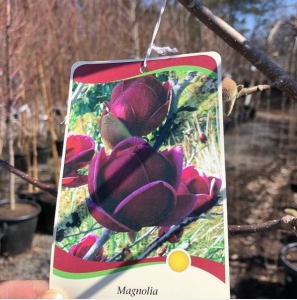 Magnolias have large glossy foliage and sweet fragrant blooms. Mostly found in the south, there are a few that thrive in our zone. Sweetbay and Magnolia Butterfly are two great options that bloom for about two weeks in spring/summer.
Magnolias have large glossy foliage and sweet fragrant blooms. Mostly found in the south, there are a few that thrive in our zone. Sweetbay and Magnolia Butterfly are two great options that bloom for about two weeks in spring/summer.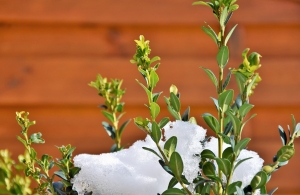 Broadleaf Evergreens
Broadleaf Evergreens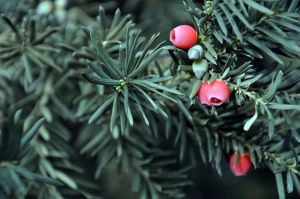 Conifer Evergreen Shrubs
Conifer Evergreen Shrubs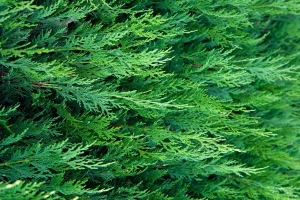 Conifer Evergreen Trees
Conifer Evergreen Trees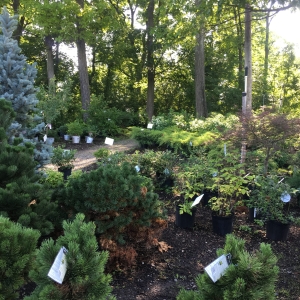 Don’t accept the monotony of a typical winter landscape. Augustine Nursery carries an impressive array of evergreens in all shapes and sizes for homeowners and landscapers. Ask us how you can best add evergreens to your yard.
Don’t accept the monotony of a typical winter landscape. Augustine Nursery carries an impressive array of evergreens in all shapes and sizes for homeowners and landscapers. Ask us how you can best add evergreens to your yard. 
 #AugustineNursery
#AugustineNursery






 Stop in to check
Stop in to check

 Open 7 days a
Open 7 days a 




 $5 for
$5 for 




 Hope you’re
Hope you’re


 $5 Friday will feature a
$5 Friday will feature a